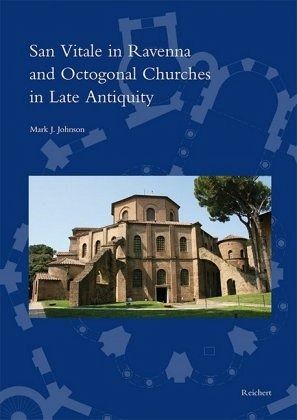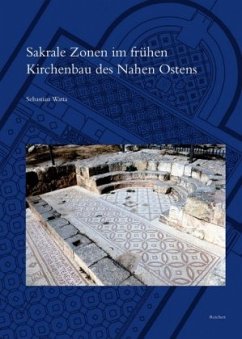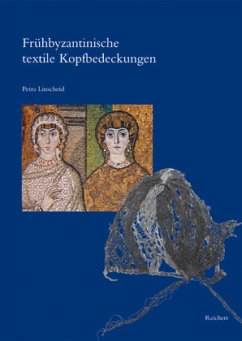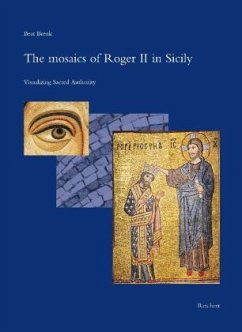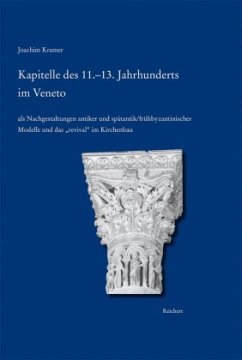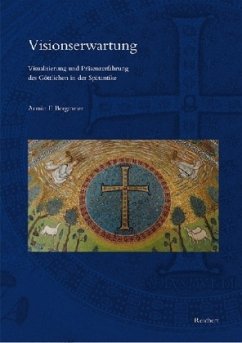Johnson has written a useful and quietly important study. Given the fact that the church has yet to be the subject of a proper architectual survey, his focus on typology has seized upon one of the few entrees into studying the building. In doing so, he offers the first comprehensive study of octagonal churches, thus establishing the lineage of San Vitale within the context of martyr shrines. (...) Although straightforward and, in some respects, obvious, these observations are important, as they bring a steady foundation and with it a much-needed clarity to the study of San Vitale, thus establishing the book as a springbook for future study.
/>-----------------------------------------------------
Mark Johnson's study of octagonal churches
is an important addition to research on
late antique and early Byzantine Christian architecture.
Apart from tracing the evolution of
the octagonal typology from its use in Roman
funerary architecture to monumental churches
built at the dawn of Byzantine civilisation,
J. identifies a number of design and building
principles that help answer long-standing questions
regarding the dating and form of certain
late antique sanctuaries.
(...)
Although brief, the analysis in the last
chapter is useful. Succinctness, in fact, is a general
characteristic of the book, with J. doing a
great job of providing up-to-date introductions
to thirty-five buildings in a short and highly
readable text. The bibliography is essential
rather than extensive. Nevertheless, the key
studies are mentioned and, thus, the book represents
a useful starting point for further
studies on the specific buildings. J. gives GPS
coordinates for the sites he discusses, a useful
instrument that testifies to his attention to
contemporary research tools. The volume is
lavishly illustrated, containing numerous plans,
drawings, as well as black and white and colour
photographs, placed at the end. The format is
functional, with the publisher using different
kinds of paper for text and images, optimising
the use of both. Indexes are not provided but
the text is short and manageable, being divided
into brief and clear sections. Finally, a number
of typesetting errors are present, indicating
that an additional review of the text would
have been desirable. This, nevertheless, does
not affect the readability or the accuracy of
the text which through both content and
clarity of form is likely to become a landmark
in the study of late antique Christian architecture.
Von: Vladimir Ivanovici
In: Jahrbuch für Antike und Christentum 61, 2018, S. 297f.
